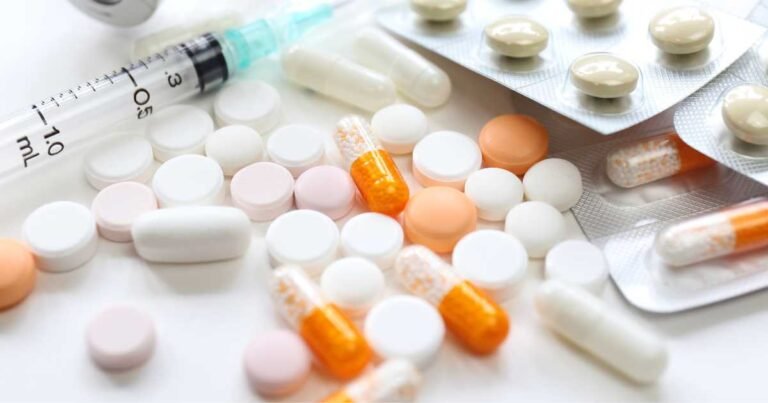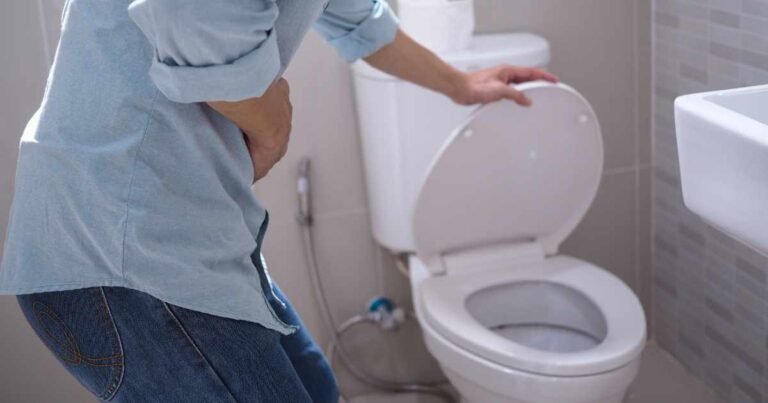Amlodipine Side Effects: What to Know Before Taking It

What You Need to Know Before Starting Amlodipine
Taking a new medication can be stressful, especially when you’re unsure what side effects might pop up. Amlodipine is no different. It’s effective, but like all drugs, it can come with some surprises. This guide is here to walk you through everything—from the everyday stuff like ankle swelling to the rare reactions that need a doctor’s attention. Let’s get you prepared, not panicked.
What Is Amlodipine Used For?
Treating High Blood Pressure
Amlodipine helps reduce high blood pressure (hypertension), which lowers your risk of strokes, heart attacks, and kidney problems.
- Relaxes the arteries, easing blood flow.
- Takes a few days to start showing results.
- Often prescribed as a daily tablet.
Managing Chest Pain (Angina)
If you experience chest pain due to blocked arteries, amlodipine can help prevent it.
- Prevents spasms of coronary arteries.
- Reduces the need for emergency nitroglycerin.
- Helps improve exercise tolerance.
Used in Combination with Other Medications
Doctors often combine amlodipine with other drugs, like valsartan or atorvastatin, to boost its effect.
- Can be found in combo pills.
- May reduce the number of medications you need.
Common Amlodipine Side Effects: What Most People Feel
Amlodipine side effects range from barely noticeable to mildly annoying. Most people will experience at least one of the following.
Swelling in the Ankles and Feet
Also known as peripheral edema, this is the most reported side effect.
- Caused by fluid retention.
- Usually appears after a few weeks.
- Elevating legs and reducing salt may help.
Flushing or Feeling Warm
You might feel your face or upper body getting hot.
- This is due to blood vessels widening.
- Often mild and temporary.
- No treatment is usually needed.
Dizziness or Lightheadedness
Especially when standing up quickly.
- Caused by lower blood pressure.
- Stay hydrated and get up slowly.
- Talk to your doctor if it happens often.
Fatigue
Feeling tired or sluggish? That’s also common.
- Happens as your body adjusts.
- Usually fades in a couple of weeks.
Headache
Often appears during the first few days.
- Can be managed with over-the-counter pain relievers.
- Let your doctor know if it’s persistent.
| Common Side Effect | Frequency | Self-Management Tip |
|---|---|---|
| Swelling (Edema) | Very Common | Elevate feet, reduce salt |
| Flushing | Common | Cool cloth, stay hydrated |
| Dizziness | Common | Stand slowly, drink water |
| Fatigue | Common | Get enough sleep |
| Headache | Common | Mild pain relievers |
Real-Life Experience: Zara’s Story
Zara, a 52-year-old teacher, was prescribed amlodipine for her high blood pressure. After the first week, she noticed some swelling in her feet and felt tired more than usual. Concerned, she called her doctor. They reassured her the swelling was a normal side effect and suggested reducing salt and elevating her feet during breaks. Within two weeks, her symptoms improved, and her blood pressure dropped to a healthy level. Zara’s experience shows that being informed and responsive can make the adjustment period easier.
Rare Side Effects: What You Should Watch Out For
Most people tolerate amlodipine well, but like with any drug, some side effects are uncommon, but serious enough to keep on your radar.
Irregular Heartbeat or Palpitations
Feeling like your heart is racing, fluttering, or skipping a beat?
- This can signal a heart rhythm issue.
- Happens in a small percentage of users.
- Call your doctor if it’s frequent or severe.
Shortness of Breath
If you’re having trouble catching your breath, especially while resting:
- This could mean fluid retention in the lungs.
- Might signal a reaction that needs urgent care.
- Seek medical attention if it worsens quickly.
Chest Pain or Tightness
Ironically, a medicine meant to prevent angina may cause chest discomfort in rare cases.
- This needs immediate evaluation.
- Don’t ignore or assume it’s minor.
Nausea or Abdominal Pain
Mild stomach issues are common, but strong or persistent pain isn’t.
- Report severe symptoms to your doctor.
- Might require dose adjustment or switching meds.
| Rare Side Effect | Severity Level | What to Do |
| Irregular Heartbeat | Moderate–High | Monitor and report to doctor |
| Shortness of Breath | High | Go to ER if severe or sudden |
| Chest Pain | High | Call emergency services |
| Abdominal Pain | Moderate | Check with doctor, avoid triggers |
Allergic Reactions: When It’s an Emergency
Amlodipine allergies are rare—but serious. Reactions can happen within hours of the first dose or later.
Signs of an Allergic Reaction:
- Rash or itching (especially around the face or throat)
- Swelling of the lips, tongue, or throat
- Difficulty breathing
- Severe dizziness or fainting
If any of these happen—stop taking the medicine and seek emergency medical help immediately.
Expert Tips to Manage Side Effects Without Panic
Here’s what doctors recommend for staying ahead of any problems:
- Keep a side effect journal: Note when symptoms appear and how long they last.
- Stay hydrated: Helps with dizziness and flushing.
- Elevate your legs: Reduces ankle swelling.
- Be honest with your doctor: If something feels off, speak up.
- Don’t self-adjust your dose: Only a medical professional should make changes.
Story from Real Life: Hassan’s Wake-Up Call
Hassan, 60, started amlodipine and felt great the first week. But by day ten, he felt his heart racing while sitting on the couch. Thinking it was anxiety, he ignored it. On a family member’s advice, he called his doctor, who caught the issue early. Hassan’s dose was adjusted, and the problem never returned. The lesson? Don’t brush things off—listen to your body.
Next Up: Drug Interactions, Dosage Tips, and Who Should Avoid Amlodipine
We’ve covered the side effects in detail. Next, we’ll investigate how amlodipine interacts with other drugs, what to do if you miss a dose, and which conditions may require extra caution before taking it. Stay tuned.






